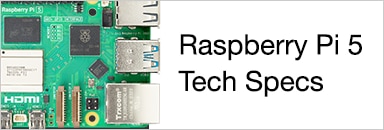Hi
I need the Pi to generate a pulsing sine wave signal. I managed to generate wave signal from the GPIO pin but only square wave with High-Low waveform. So I am wondering if the GPIO can generate the sine wave signal that I need?
Also I have been using the function GPIO.PWM(pin,frequency) i was using it to generate 20kHz signal but when I check the output on oscilloscope it was only 862 Hz is this the maximum frequency of the PWM function or is there something wrong with my pi.
I read somewhere the using python Rpi.GPIO library I can output up to around 40 kHz, and I was able to actually output 50 kHz from it but don't know why the it wouldn't output 20 kHz using the GPIO.PWM ().
Can anyone tell me why or suggest another method that I could use?
Thank you!





